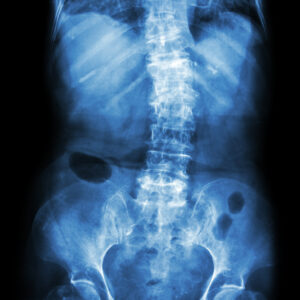Why do you have a spine?
The spine serves several functions.
- Protection. The spine protects the spinal cord. The spinal cord, which is the primary communication pathway from the brain to the rest of the body, is protected by the bones of the spine. Like the brain that is protected and encased by solid bone, it is so protected because of it’s importance.
- Support. The spine supports the upper body. Like a pillar made of many bones and joints, it bears a great load.
- Movement & Flexibility. Bending, lifting, extending, turning, looking at your child, gazing at the stars, making love, and reading books are all possible, because of flexibility and movement in the spine.
There are 24 vertebrae in the spine, a sacrum, and the coccyx. There are over 120 joints of the spine, over 200 ligaments and tendons. There are discs between each of the vertebrae. There are 7 vertebrae in the neck, 12 in the mid-back, and 5 in the low back. All regions of the spine allow for movement in specific ways.
The discs of the spine are tough. With longterm stress or acute trauma, discs may be damaged, which may result in bulging or herniation, leading to instability and nerve compression.

What is the spine?
Your spine is a weight-bearing structure that is under a lot of stress. Much like with a car that has alignment issues, misaligned joints, like tires, wear unevenly in a state of stress and misalignment. This uneven wear in the spine manifests as degeneration like bone spurs, arthritis, and disc problems. Inflammation leads to feeling “locked up,” which leads to joint decay, pain and nerve damage.
Your Spine Is Unique
It CANNOT be replaced with a new one. It’s simply too complicated. If you are reading this, spine transplants will not be available in your lifetime. The spine is not like teeth. Maintaining mobility, flexibility, structural integrity, strength and protection is critical to your quality of life.
